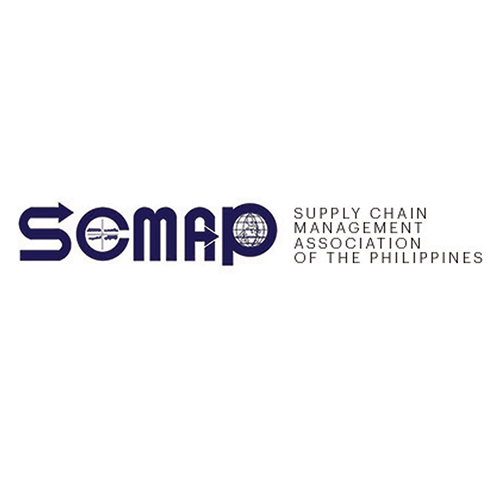By the time you read this, the deadline for mandatory consolidation of PUV franchise holders under the government’s PUV modernization program has passed. Or maybe it hasn’t. Maybe the government had a last-minute change of heart and extended the deadline, in response to continued clamor from transport groups, activists and other stakeholders.
But as I write this, all indications point to that not happening. I imagine the government would argue that more than enough time has been given to stakeholders to adjust. After all, the PUVMP is not a new thing. It was introduced over six years ago, with the issuance of Department Order 2017-011 by the Department of Transportation. Six years, I imagine, should be enough time for stakeholders to form cooperatives or corporations, which would allow drivers to access benefits and better leverage shared resources in modernizing their fleets.
The PUVMP also extends to changes in planning and identifying public transport routes – but understandably, the oxygen of discourse has gone towards the looming disruption in transportation options. Groups are calling for an extension to the consolidation deadline, arguing that current requirements are a huge burden to individual drivers. (The disruptions caused by the pandemic certainly didn’t help.) There is also concern that moving towards modern jeepneys isn’t sustainable cost-wise.
Here, you imagine that the government would provide more than ample support. The consequences, after all, are potentially grave. Stakeholders talk of a possible “transport crisis”, when roughly a quarter of PUVs – including jeepneys and UV Express units – lose their right to operate, reducing public transport capacity and adversely impacting productivity and the economy as a whole. Instead, the government has been adamant with the original timeline, with President Marcos saying that they “cannot let the minority cause further delays”.
This stance is disappointing. Transport is such a critical sector, and millions of Filipinos rely on it to move around – to their home, to their workplaces, to their personal pursuits, and so on. Sure, only a minority of PUVs have yet to consolidate, but that does not mean the disruption will just be minor. Filling the gaps would be a difficult undertaking. We see this whenever a transport strike happens in Manila. That’s just temporary. This one is permanent.
The government’s approach seems to be for it to devise the rules and to leave the private sector to figure it out. This isn’t necessarily a bad thing, especially in matters that are not necessarily the competencies of the public sector. Take infrastructure development. The government does not have the absorptive capacity to plan, develop and maintain all these projects, especially with the increased investment over the last few years, so it turns to the private sector to lead the way, through the BOT and PPP schemes. Of course, the downside is, some projects tend to serve private business interests rather than the public good.
When it comes to PUV modernization, the government has to exert every effort – and then some – to support the drivers in the transition to the new system. Operators agree in principle with consolidation and modernization, as it brings better living benefits, stronger accountability, and greater support when it comes to acquiring new vehicles. The timeline, they fear, is too short. But it looks like the government is more concerned with showing that change is happening rather than actually doing it.
Why should we in the logistics sector care? Because we ourselves are facing a transition that will impact our operations. It may still be far away, and nothing definite has been set, but the direction of travel is clear. The logistics sector’s contribution to carbon emissions is already gaining attention, and it’s a matter of time that we are forced to address it. Maybe a shift to electric vehicles? The Electric Vehicle Industry Development Act already mandates government agencies to move to an all-electric fleet; I feel it’s a testing ground for a wider shift in the future. We all want to modernize our fleets too, but acquiring new trucks and vehicles is costly, and the lack of clarity over the perennial age vs roadworthiness debate complicates things further. Who’s to say the government will not leave us to our own devices the way they are with the public transport sector?
Transitions to new, more sensible systems will never go away, but doing so should involve closer partnerships and collaborations between all stakeholders so that nobody gets left behind. Doing otherwise would lead to massive disruptions, and if you think about it, who will suffer in the end?
Henrik Batallones is the marketing and communications director of SCMAP, and editor-in-chief of its official publication, Supply Chain Philippines. More information about SCMAP is available at scmap.org.
PREVIOUS COLUMN: Even More Eventful





